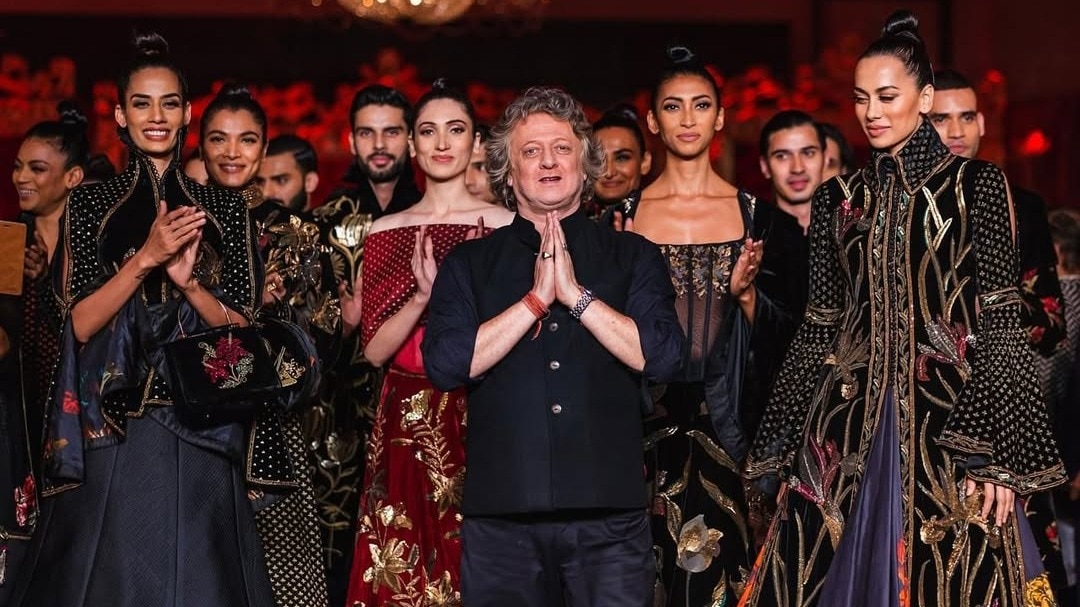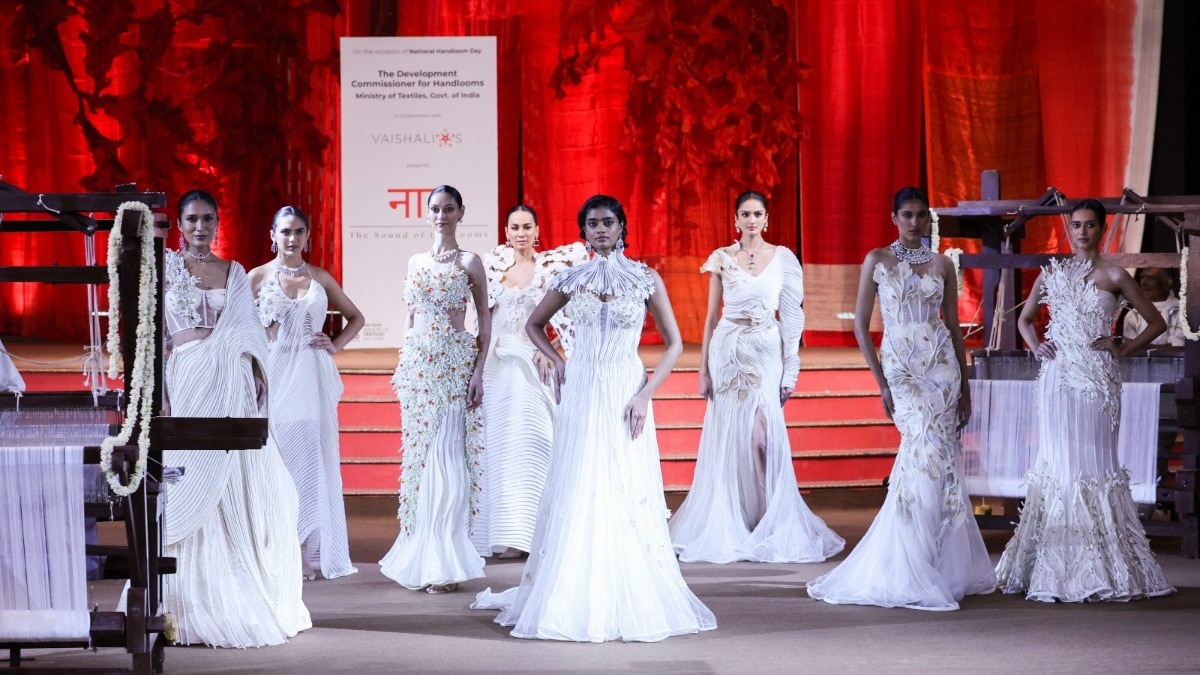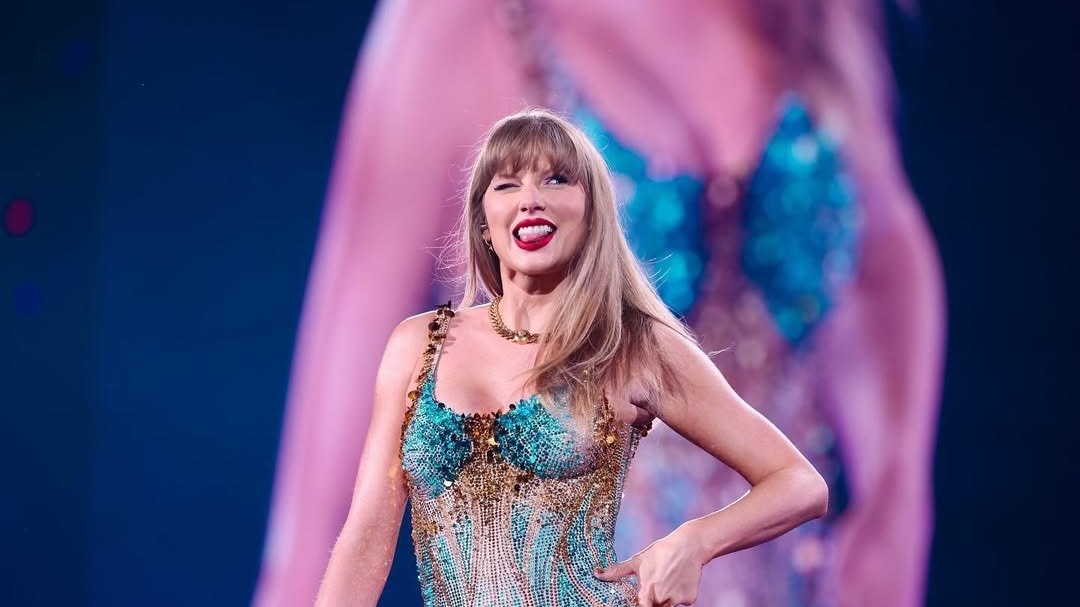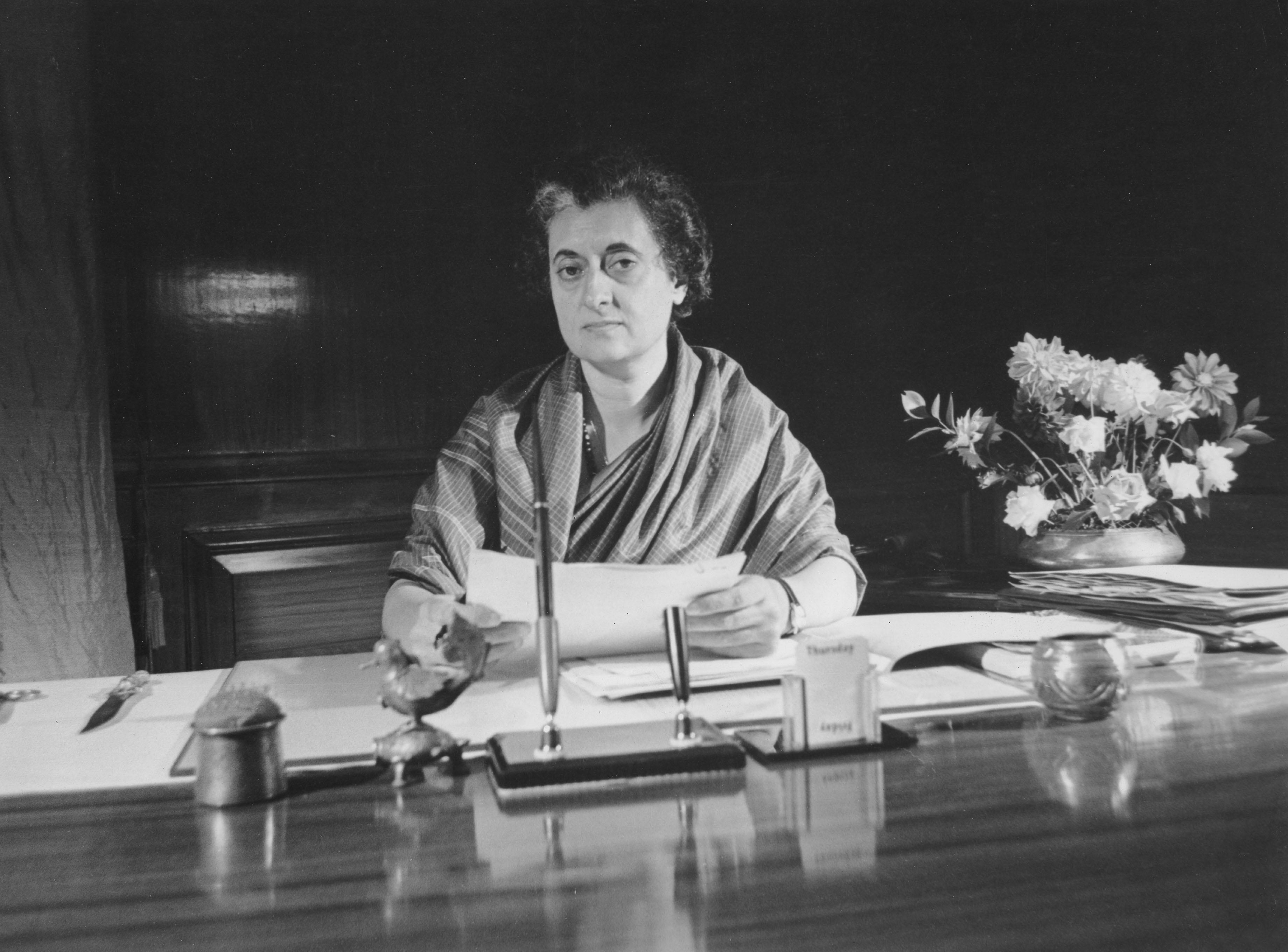
- Home
- Fashion
How the saree became a symbol of power dressing in Indian politics


When Indira Gandhi became India's first female Prime Minister in 1966 (and the only one ever since), she might have unknowingly set the wheels in motion for a new wave of feminism in India. At a time when the century hadn't turned yet and women were still considered the gentler sex, the Iron lady of India took the most powerful seat of power in the nation and paved a path for women in the wily world of politics. All that, draped in six yards of elegance. When she took the seat of Prime Minister in 1966, a saree was her choice of attire. Never making it an exception; Prime Minister Indira wore resplendent sarees when hosting Richard Nixon in the 1970s, opted for handloom sarees when rallying for elections, and sported sarees abroad at diplomatic visits; making sarees her choice of uniform throughout her term, until her assassination in 1984.

In the book Indira: India’s Most Powerful Prime Minister, author and member of Rajya Sabha, Sagarika Ghose recalls an incident when Indira travelled atop an elephant—wearing a saree no less—when her jeep got stuck. She often preferred handloom and Banarasi sarees. For her wedding with Feroze Gandhi, Indira wore a pale pink saree. It was a special one, as it was made for her from the thread spun by her father, Pandit Jawaharlal Nehru, while he was in prison during the country's freedom struggle. It's safe to say that the saree; often referred to as a Gandhi family heirloom, has come to be seen as a symbol of female strength and tradition.
Before Indira, a slew of freedom fighters chose the saree as their weapon of choice when they fought the British power for an independent nation of India. Several female freedom fighters; the likes of Kasturba Gandhi, Sarojini Naidu, Vijaya Lakshmi Pandit, Aruna Asif Ali and Savitri Bai Phule, held positions of power, before and after India's independence. Throughout the period, the saree remained their primary choice of clothing, thus turning the feminine silhouette into that of a mighty warrior.
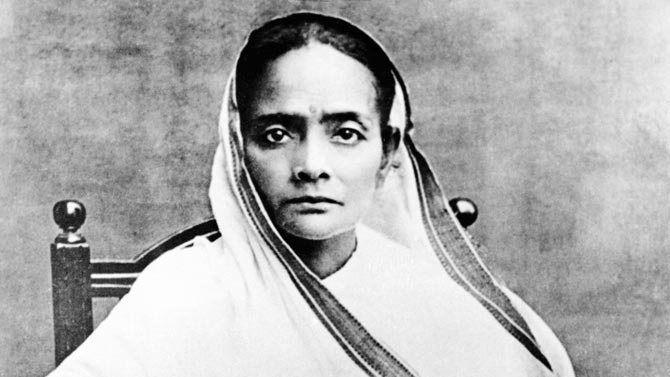
It changed the way women in Indian politics have dressed ever since. Today, they embrace the far-from-soft power of the saree as a tool of power dressing to stake their political claim in a world filled with Nehru jackets and kurta pyjamas. Styling the saree in their own unique ways, the image of many female Indian politicians have become synonymous with their saree style.
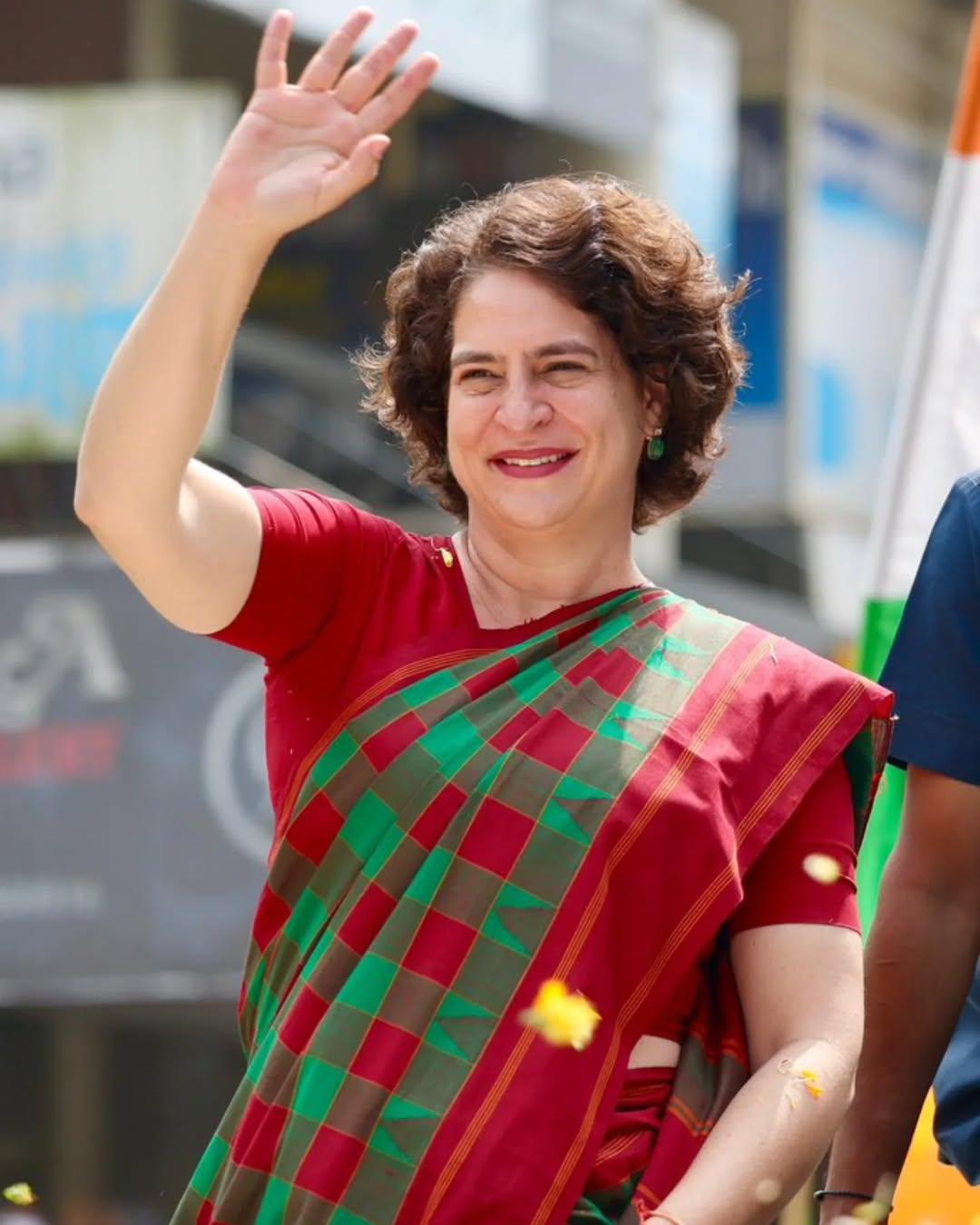
The granddaughter of Indira Gandhi, Priyanka Gandhi, took after her in more ways than one. She is often seen in handwoven cotton and jute silk sarees, which she teams with long-sleeved blouses. Indira's daughter-in-law and Priyanka's mother, Sonia Gandhi, a long-serving member of the Indian National Congress, is often witnessed in a subtle palette of pastel shades and soft colours, embracing Indian textiles such as Ikat silks, jamdanis, and Korpat tribal sarees.
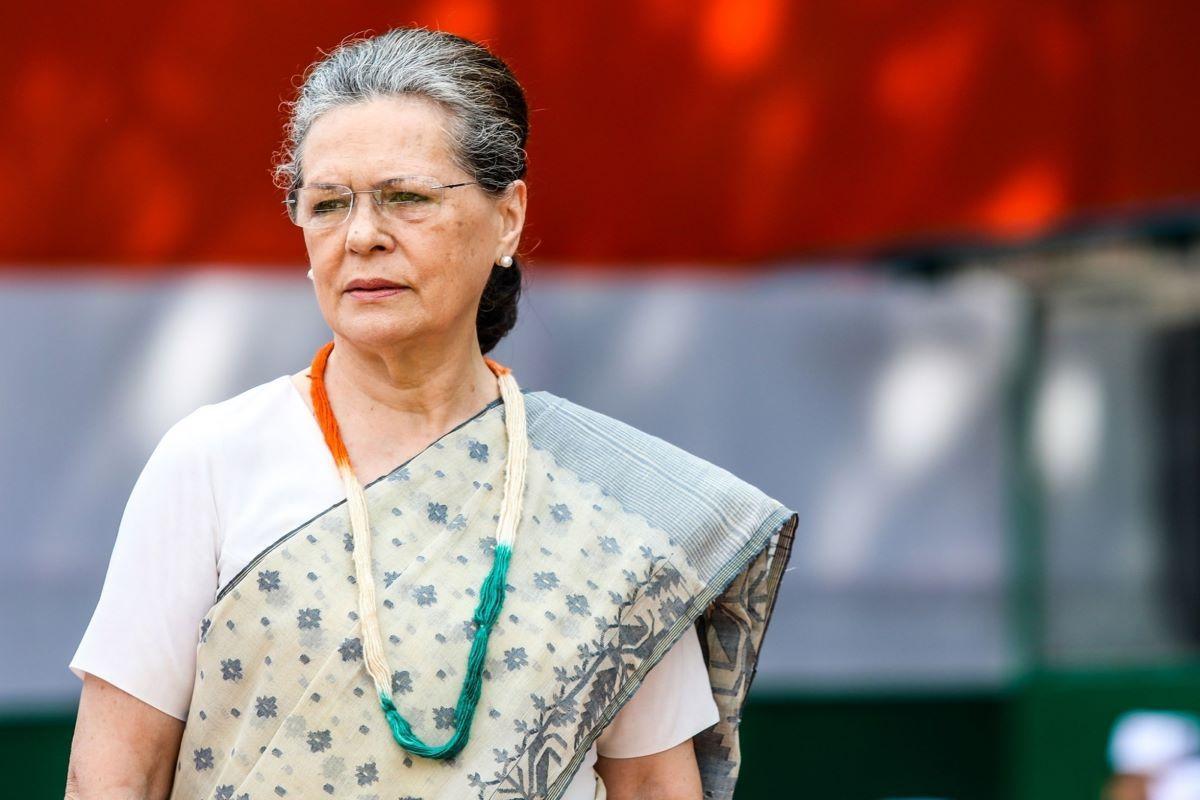
India's first female president, Pratibha Devisingh Patil's affinity for Sambalpuri weaves, has made several appearances during her tenure from 2012 to 2017. Droupadi Murmu, currently the President of India and the first person from a tribal community to hold the chair, wears sarees from the Santhali weave, a nod to both her cultural roots and the rich history of Indian handlooms.
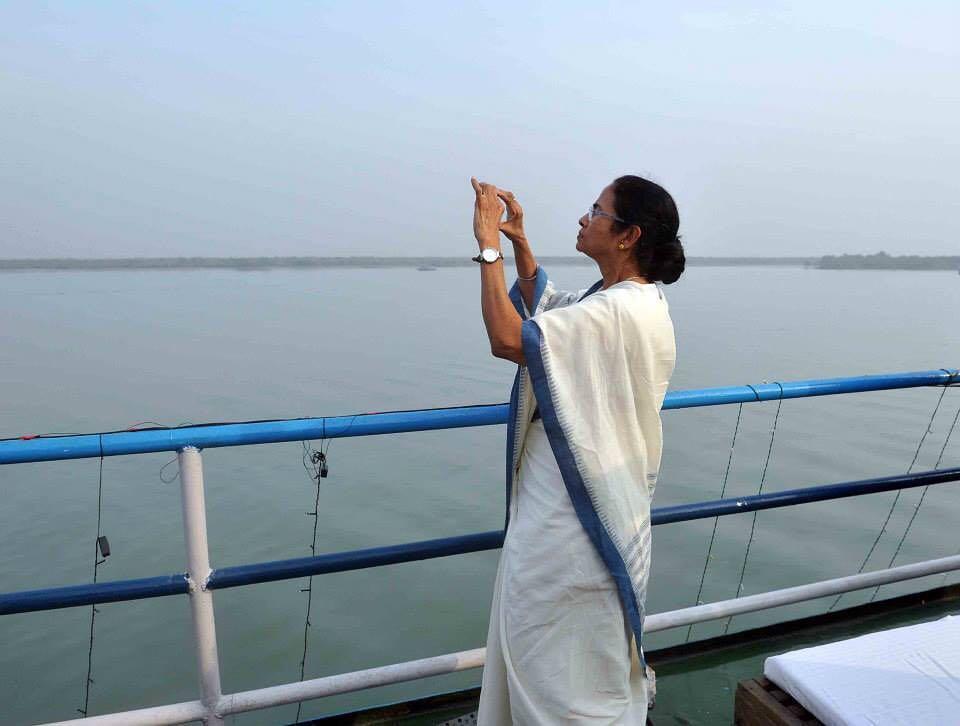
For West Bengal’s Chief Minister, Mamata Banerjee, the white saree with a blue border is practically a part of her personal brand. A uniform of hers that she won't step out on on duty without, Ms. Banerjee was even spotted jogging in her saree and slippers in Madrid.
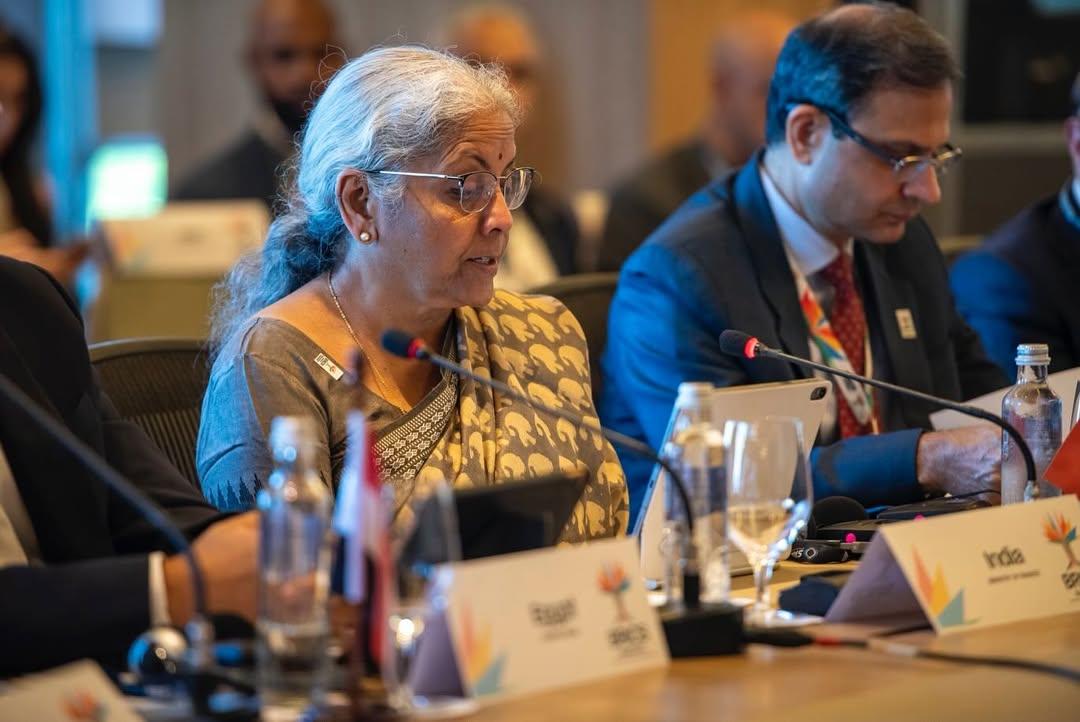
Known to frequently don the Odisha ikat, late politician Sushma Swaraj's signature sleeveless jackets layered with sarees had become synonymous with India's ex-foreign minister's look. The current foreign minister of India, Nirmala Sitaraman, has a wardrobe that is rich in Gadwal sarees, block-printed cotton numbers and South Indian silks.
Vasundhara Raje Scindia, the former Chief Minister of Rajasthan, showcased both her political and royal legacy when she draped herself in nine yards of grace and held two terms for her home state.
(Also read:)
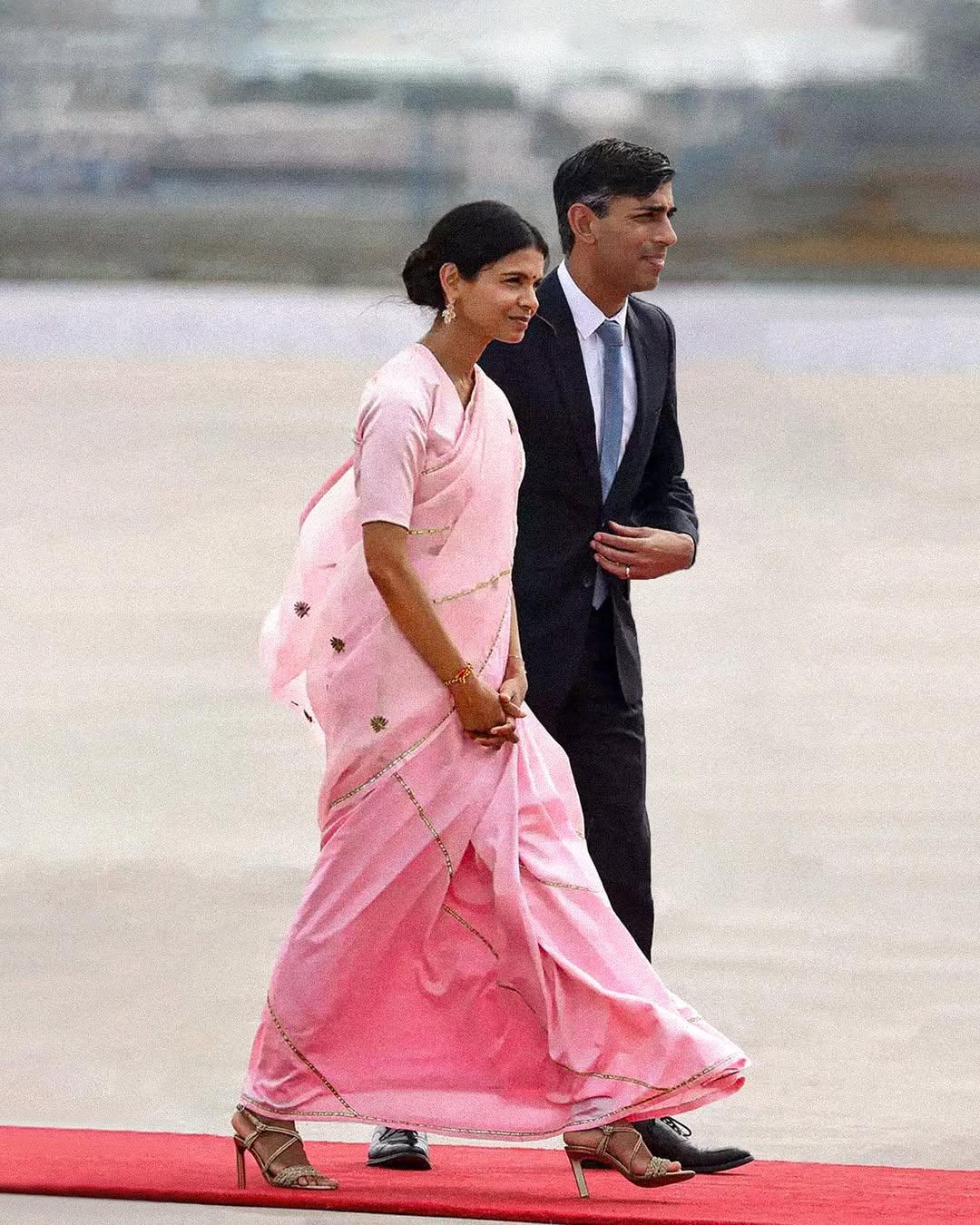
When the British Prime Minister of Indian origin, Rishi Sunak, visited India, his wife, then-first lady of the UK, Akshata Murty, chose a pink saree by Raw Mango which featured gota and aari embroidery, paying homage to her Indian origin and strengthening the diplomatic bonds between the two nations.
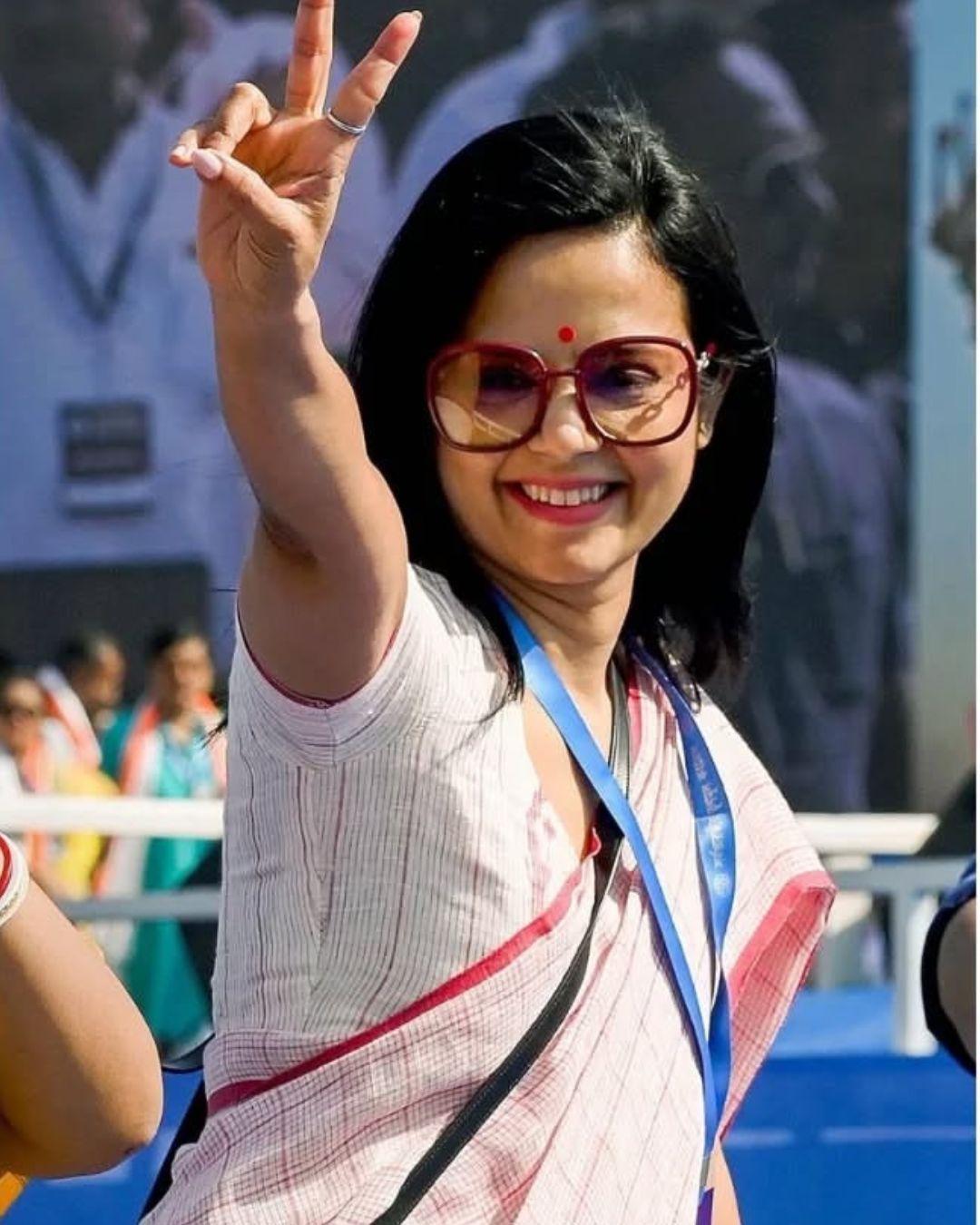
The young female politicians of India are more adventurous in their sartorial choices. Mahua Moitra of Trinamool Congress is known for her perfectly-ironed; often colour-blocked, handloom sarees, whereas Supriya Sule of the Nationalist Congress Party showcases a bright wardrobe of sarees in shades of yellow, pink and blue.
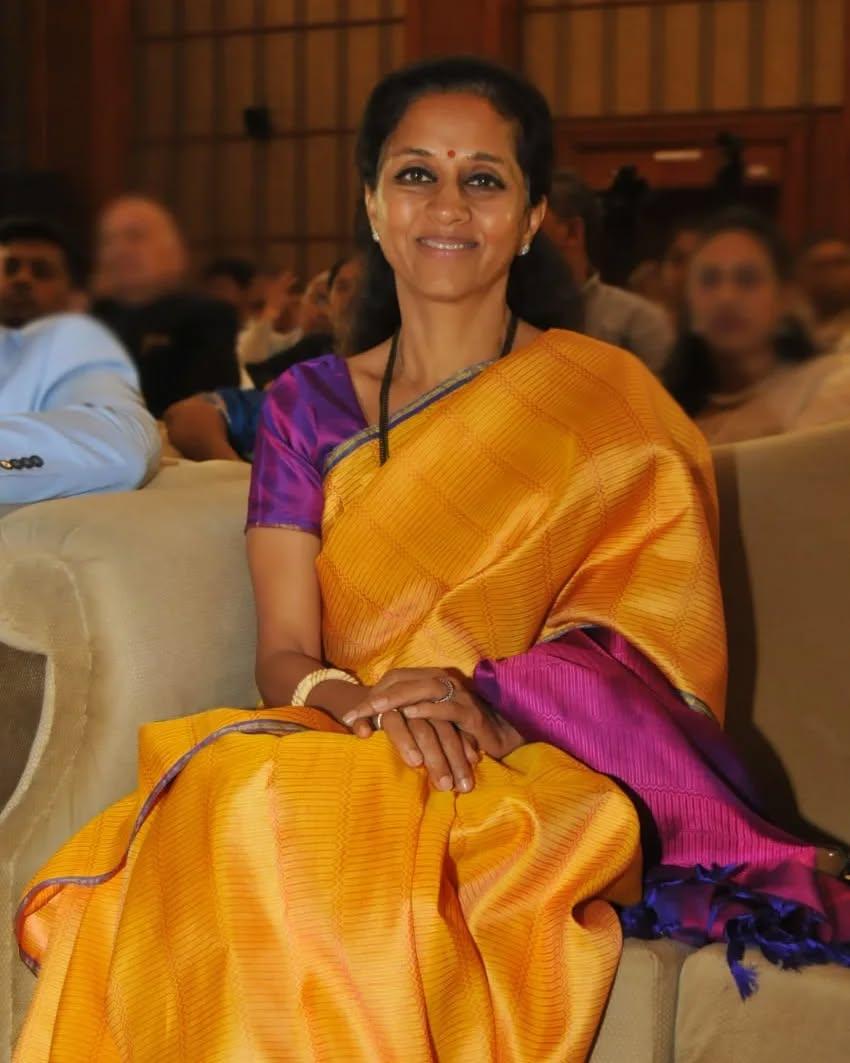
Viewing the saree a symbol of female strength in Indian politics has often led to vehement criticism of women who opt out of wearing the garment. However, none can take away from the fact that, in a world of Western clothing, the saree; a traditional garment that was once a symbol of freedom, is now one of female strength.
(Also read:)
